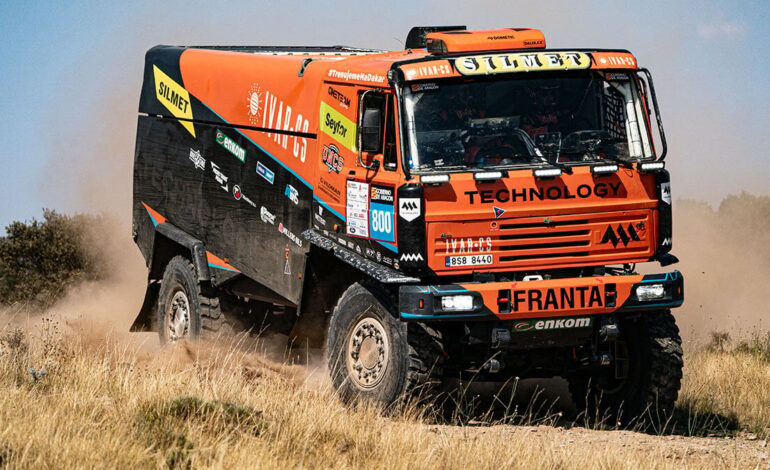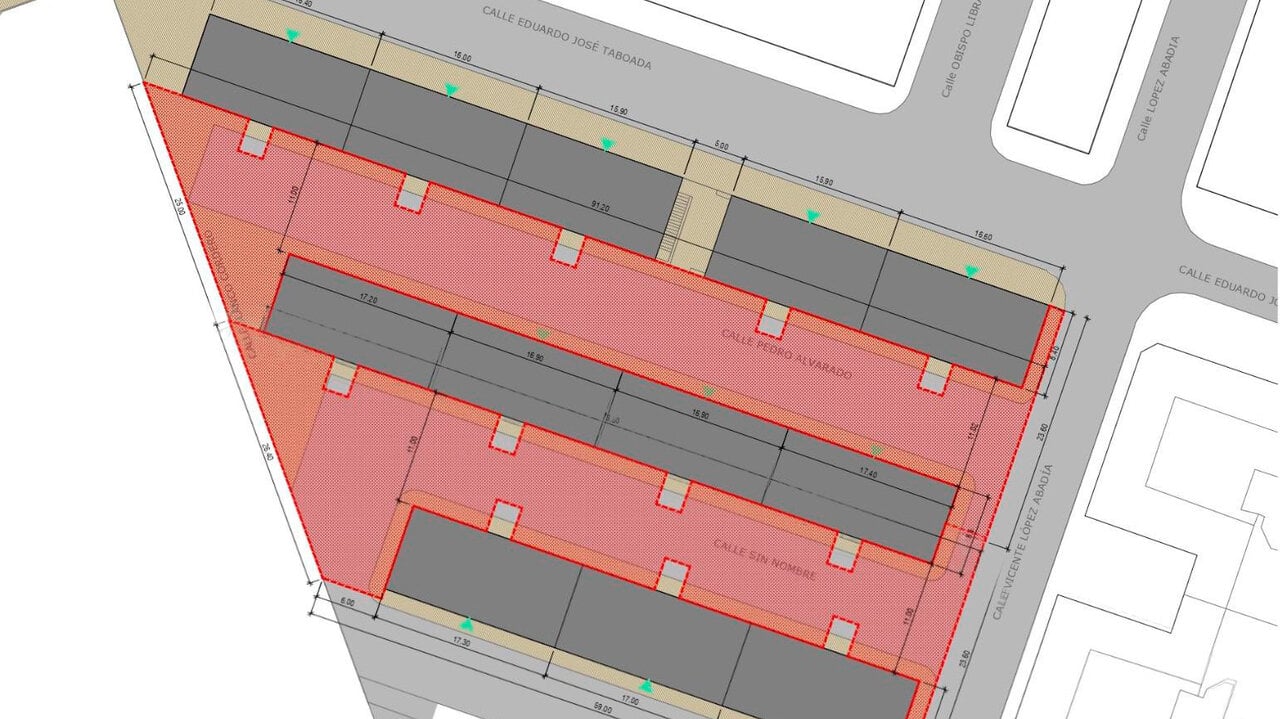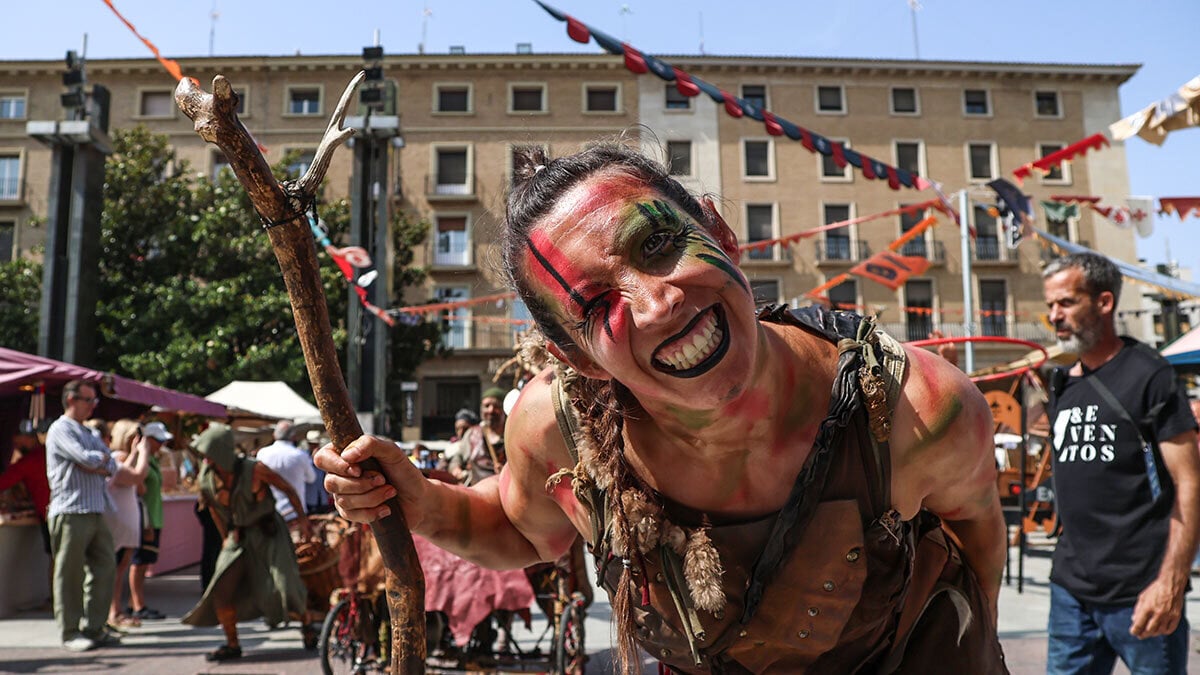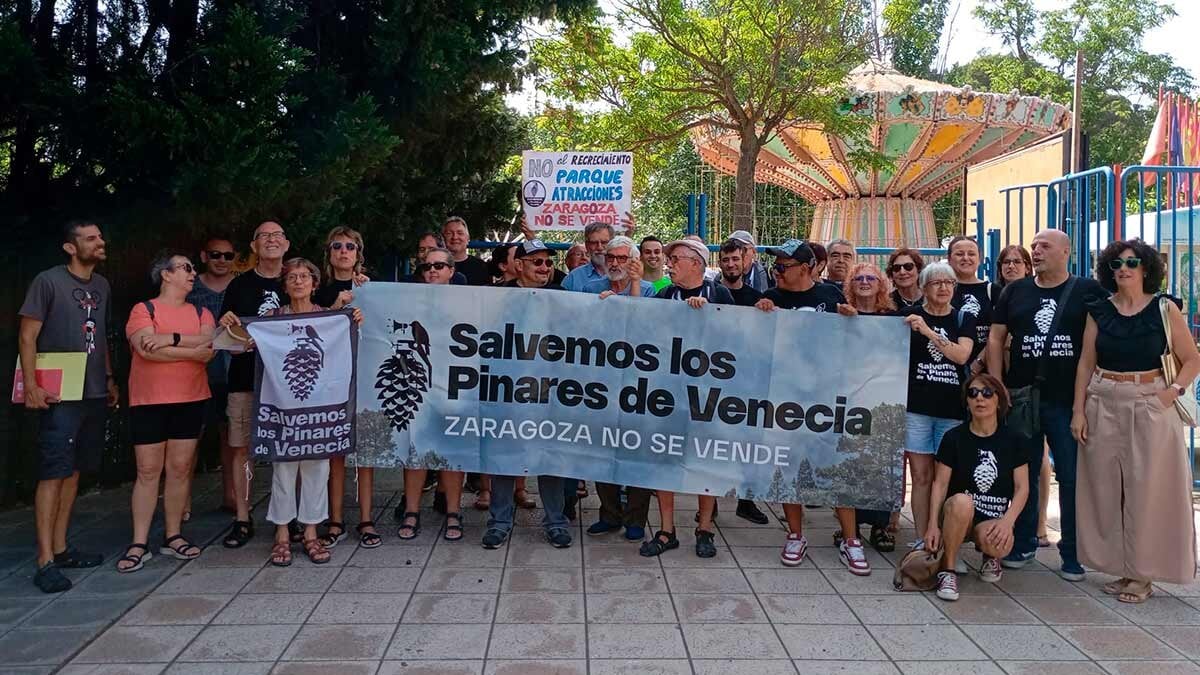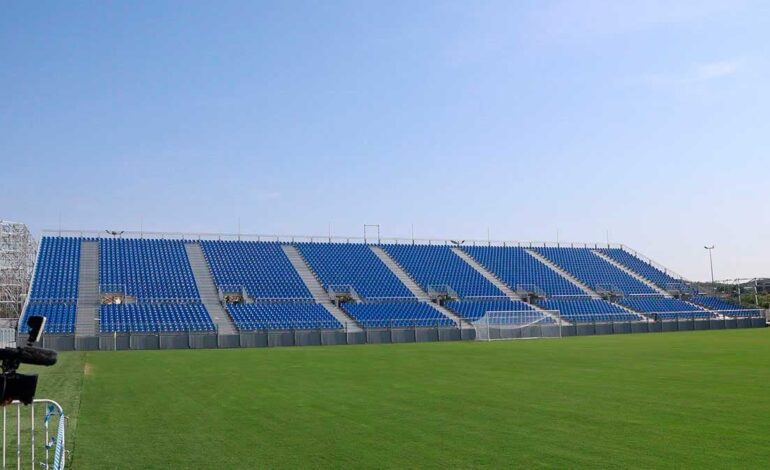
Zaragoza prepares a transport plan for the matches at the Ibercaja Stadium: EM1 and EM2
The arrival of Real Zaragoza to the Ibercaja Stadium He has forced the City Council to activate a mobility plan that guarantees a fluid and safe access for the more than 20,000 fans, workers and personnel who will concentrate on the enclosure during the meetings.
The location of the modular stadium, in the environment of the North parking From the Expo, it converts mobility into one of the key factors for the installation to work as a temporary headquarters of the Blanquillo Club.
With the aim of anticipating possible collapses, the Consistory commissioned a study to a specialized consultant who estimated that about 48% of attendees will opt for public transport. To meet that demand, line 1 of the tram will be reinforced with double convoys depending on the day and time of the game, while the bus will absorb the rest of the passage through the regular lines and two special necklines, the EM1 and the EM2, which will operate with frequencies between 4 and 6 minutes.
Switching operation
EM1 will connect the Aljafía area with the stadium through the bridge of The Almozara, and the EM2 will start from the Paseo de la Ribera, crossing the city until you reach the Round of Boltaña.
The EM1 will circulate along the Paseo María Agustín to the Plaza Europa and then cross the bridge of La Almozara and reach the avenue of José Atarés. On the other hand, the EM2 will take through the balcony of San Lázaro and Ribera by architect La Figuera. It will also circulate on Avenida Pyrineos, road of Huesca To the roundabout of the Maz.
These lines, which will only have a stop at their terminals and an intermediate point, seek to encourage the use of public transport and avoid tram saturation. In addition, the signaling will be reinforced and stop points for taxis and VTC will be enabled next to the sports venue.
For those who prefer to go by their own vehicle, the parking lot will be more limited: of the 2,400 estimated vehicles, only about 1,700 will go within the area enabled by the government of Aragon and managed by the club. An annual fee of 150 euros will be charged. The rest may park in nearby areas such as the Ebro River Campus or the Federation Fields. They are also expected to vigilated for those who opt for the bicycle, a means that, together with the displacement on foot, will represent 17% of the total access to the field, according to the study.

